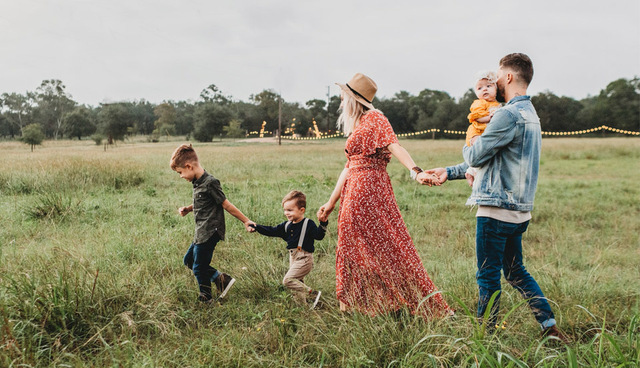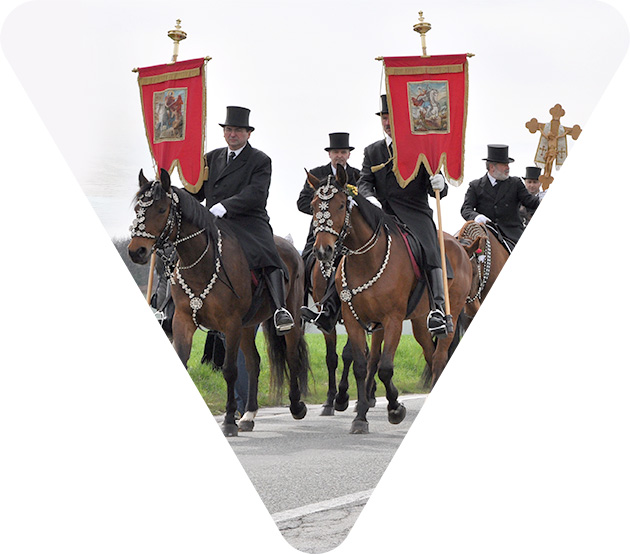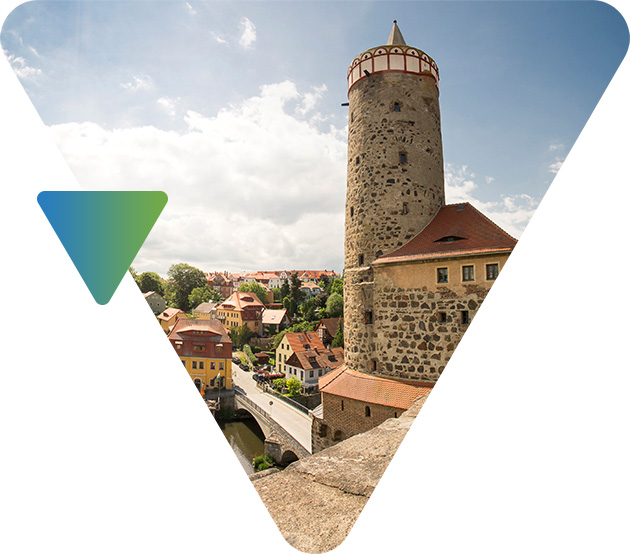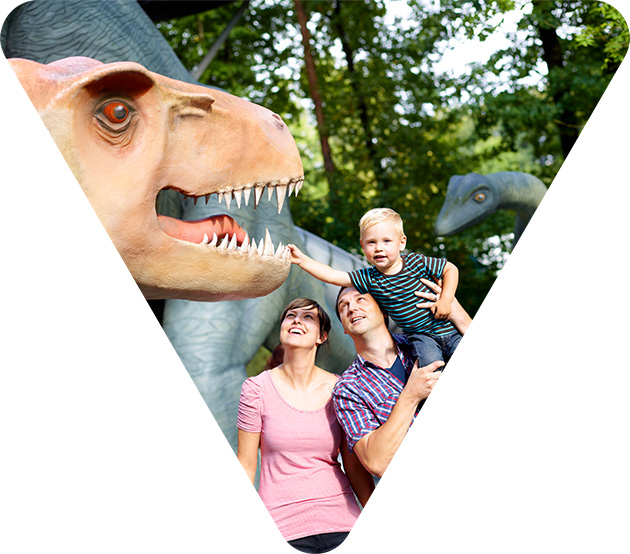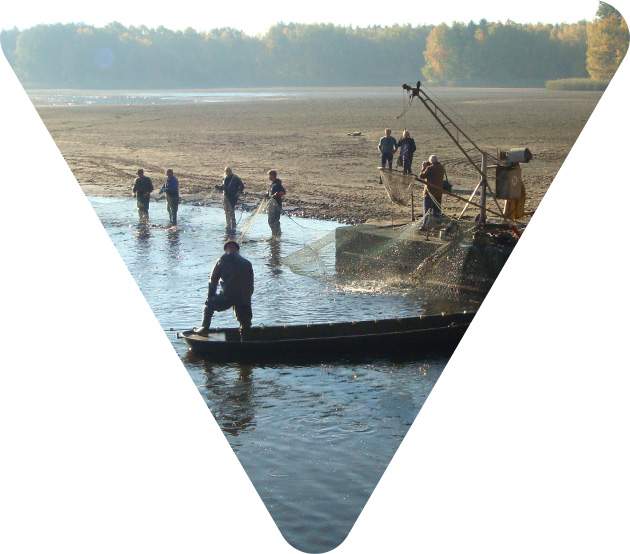The district is known for the unique design of the traditional wooden weavers’ houses, and the roadside crucifixes and colourful embroidered costumes of its native Sorbs. The latter, an ethnic group who have preserved their special customs in the region for centuries, and whose language and culture even survived the GDR era, now give Upper Lusatian handicrafts and seasonal traditions a thoroughly exotic touch. The Sorbian Easter Horsemen parade, and Easter eggs traditionally decorated by wax-resist dyeing, can be found nowhere else in Germany.
The bilingual signs on the Sorbian settlements’ roads and buildings make a trip to Upper Lusatia almost feel like travelling abroad – for local people, bilingualism is not a modern trend but a fact of everyday life. Bautzen is home to Germany’s only bilingual Sorbian/German grammar school, there are Sorbian radio and television stations and of course a rich programme of cultural events. Even if you do not speak Sorbian, stories such as “Krabat and the Sorcerer's Mill” by Otfried Preussler, or a trip to the Krabat mill in Schwarzkollm, provide a gentle introduction to the world of Sorbian legend.

